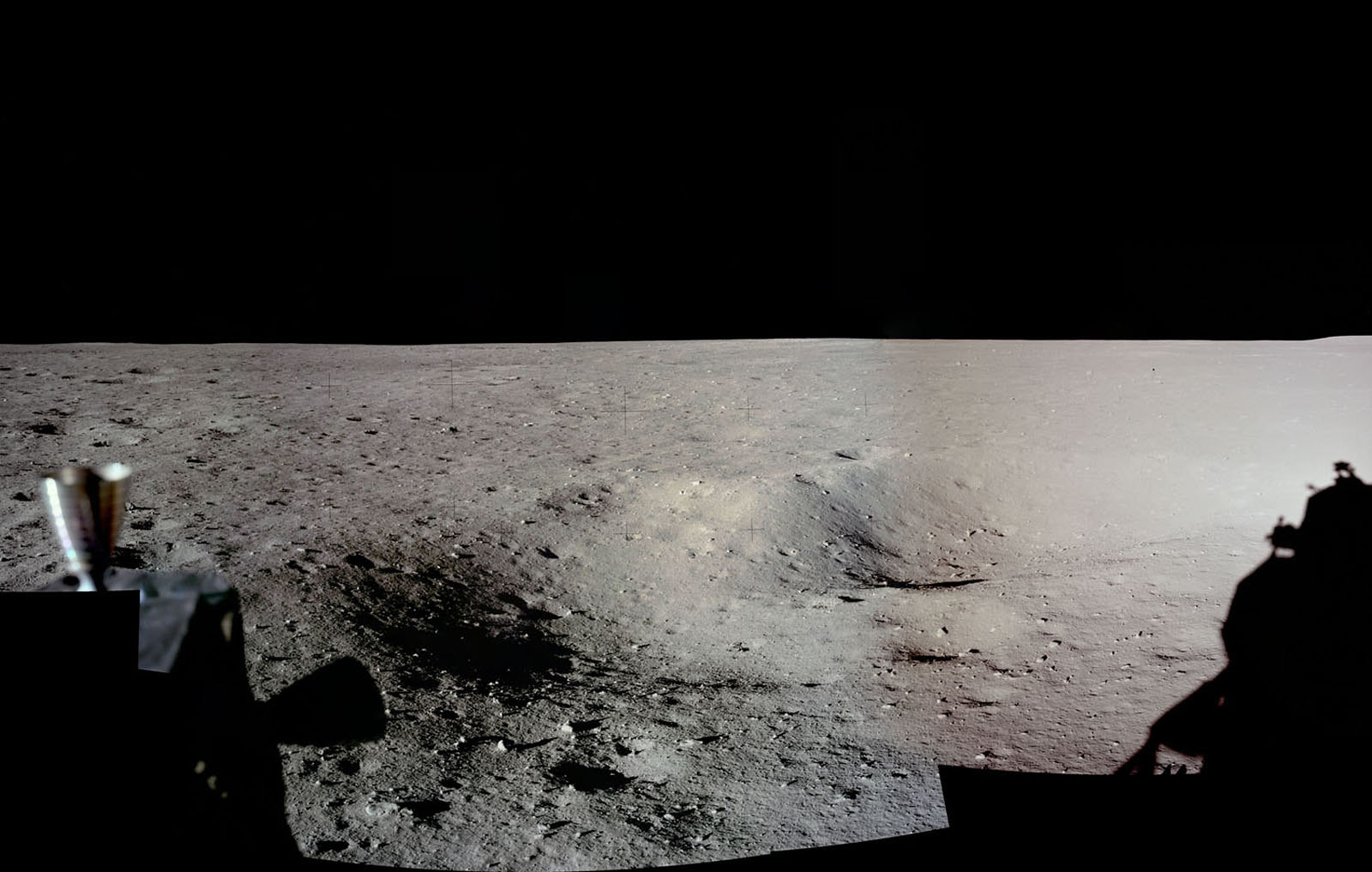 Panorama view of the lunar surface. Scientists have recently discovered water inside tiny beads of glass on the moon. Credit: manhhai / Flickr / CC BY 2.0
Panorama view of the lunar surface. Scientists have recently discovered water inside tiny beads of glass on the moon. Credit: manhhai / Flickr / CC BY 2.0Scientists have discovered that tiny glass beads scattered across the moon’s surface contain a massive amount of water that can be extracted and used.
This discovery could be a major breakthrough for space agencies that plan to build bases on the moon. The presence of water on the moon does not only mean an accessible source of water but also hydrogen and oxygen, researchers suggest.
Mahesh Anand, a professor of planetary science and exploration at the U.K.’s Open University, stated that they had found something very exciting. This discovery could be a game-changer, increasing the chances of exploring the moon in a sustainable way, he said.
Analyzing fine glass beads
A team of Chinese researchers recently studied tiny glass beads found in lunar soil samples brought back to Earth by China’s Chang’e-5 mission in December 2020.
These beads are formed when meteoroids hit the moon, causing molten droplets to fly up and solidify into small glass particles that mix with the moon’s dust.
Tests done on these glass particles showed that they contain large amounts of water, which could be found all across the moon’s surface, totaling somewhere between 300 million and 270 billion tons.
Professor Anand believes that this discovery will lead to new opportunities that until now people have only been able to dream of. If we can extract and gather this water in significant amounts, we can then use it however we see fit, said Anand.
Is the water on Moon accessible?
Previous space missions, including Nasa’s Clementine orbiter in the 1990s and India’s Chandrayaan-1 spacecraft in 2009, found indications of frozen water near the moon’s poles and a thin layer of water in the moon dust’s surface layer.
A recent study published in Nature Geoscience suggests that fine glass beads are the source of this surface water. Unlike the frozen water found in dark craters, this type of water would be much easier for humans or robots to extract while working on the moon.
The lead author of the study, Professor Mahesh Anand, said that the water in the glass beads is not easily accessible, but when the material is heated above 100C, the water should start to come out and can be collected.
Ian Crawford, a professor of planetary science and astrobiology at Birkbeck, University of London, has commented on this new discovery, stating that it adds to the growing agreement that the moon may have more water than previously believed.
Rolls-Royce to Build Nuclear Reactor for Future Moon Base
Recently, the UK Space Agency announced it will give £2.9 million (US$3.5 million) to Rolls-Royce to fund the building of a nuclear reactor.
Under the contract, Rolls-Royce is expected to develop a demonstrator modular nuclear reactor that could be deployed on the Moon by 2029, with the aim of supporting permanent human outposts on the lunar surface.
Most spacecraft that operate near Earth rely on solar panels for power. However, for probes to land and operate on the Moon for an extended period, an alternative power supply is required.
The Moon has long nights that can last for up to 14 Earth days, with temperatures as low as -298 °F (-183 °C), which can cause severe damage to batteries and delicate electronics, hence the need for an alternative power source.

 1 year ago
67
1 year ago
67











 English (US)
English (US)